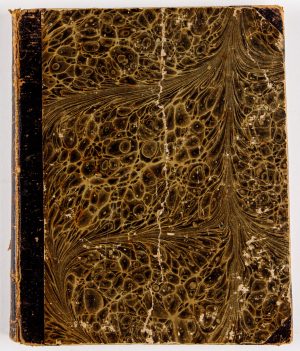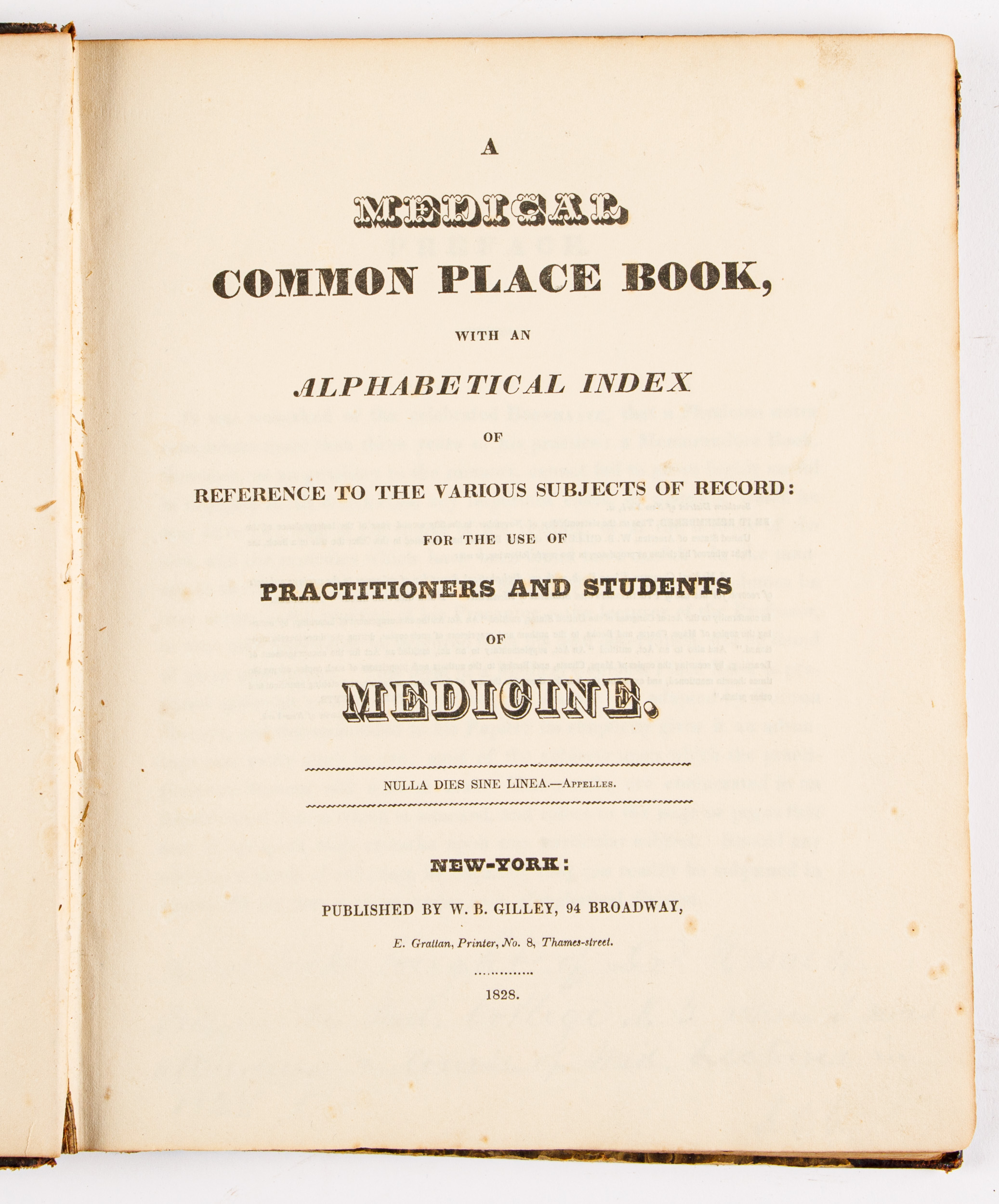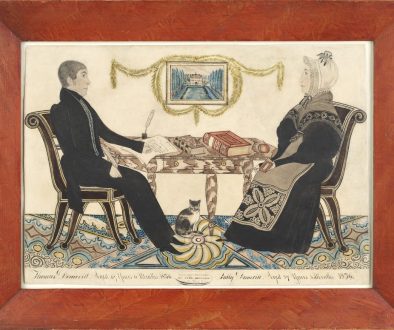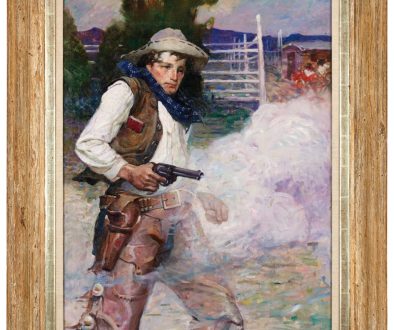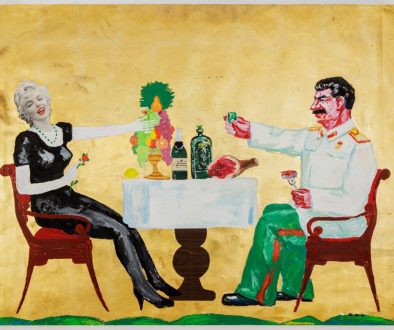Don’t Throw Away Your Shot!
My job always affords me the opportunity to make new and interesting discoveries. My pick this week is just that. It isn’t the best size, nor is it the best color. It was a mass-produced item in the early 19th century, so it’s not by any means super rare. It is unique and the information within its pages is a look into medicine and treatment in the late 1820’s. More importantly it is about life’s ups and downs in small town America. Lot #7670 in the upcoming June 21, 2023, online only sale here at Pook & Pook Auction in Downingtown, Pennsylvania is my pick. It’s a copy of the “A Medical Common Place Book with an Alphabetical Index…”, copyrighted in 1828. One of the first “Ipad’s” ever offered to the public. Instead of typing your notes, you get to hand write them into the book with nuggets of information that you would need to refer to later. A quote from the preface of the book – It was remarked of the celebrated Boorhave, that a physician never remembers more than three years of his practice: a Memorandum Book, therefore, as an auxiliary to the memory cannot fail to prove highly useful in bringing to his recollection any important cases, or diseases, which he may have met with in the course of his reading, or at the bedside of the sick, and the remedies which have been found most useful. A handwritten note at the bottom of the page is inscribed “This book bought off Dr. Hosack Prof. in the Med. College N.Y., when I was attending a course of Med. Lectures in 1828” and initialed LCG. We will get back to Dr. Hosack referenced in the elegantly written note, but first, who was LCG? We need to flip to page 122 where we encounter many pages of writing titled “A Brief Autobiography”.
It is there, that LCG becomes Dr. Lysander Church Grover who was born in Deerfield, Massachusetts, January 22, 1802 of poor but honest and respectable parents… His account of early family life struggles includes his father losing a leg in a mill accident at the age of 26, travels in various New York counties as well as trips to Massachusetts. An account of obtaining his teacher’s certificate in the village of Geneva. Finding the profession “irksome” he eventually made known his intentions to be a doctor to Dr. James Carter of Geneva who made it possible “to make a doctor of me”. In the winter of 1827-28 he attended five months in the City of New York attending lectures, the eye and ear infirmary, the hospital, dissections and returned with six cents capitol to start business in Lyon’s, Wayne County, New York. His account talks about life as a doctor, a merchant, a justice and farmer of 27 acres, eventually upgrading to 97 acres in the town of Alexander, Genesee County. Eventually he owned a general variety store in 1847. His trials and tribulations continue to be documented, including a son who was bitten by gold fever heading out by ship to San Francisco, until the last entry in August of 1872. Dr. Grover passed away at the age of 86 on August 4, 1888.
The other doctor mentioned was Dr. Hosack who happened to be David Hosack (1769-1835) who was a physician, botanist and educator, and who most notably was the attending physician to Alexander Hamilton after his fateful duel with Aaron Burr in July 1804. His noted art collection included contemporary American landscape paintings, such as John Trumbull’s Niagara Falls from Two Miles Below Chippewa (which is at the New York Historical Society Museum and Library) as well as being a patron of Thomas Cole.
So like Paul Harvey famously said “and now you know the rest of the story”.
By: Jamie Shearer
